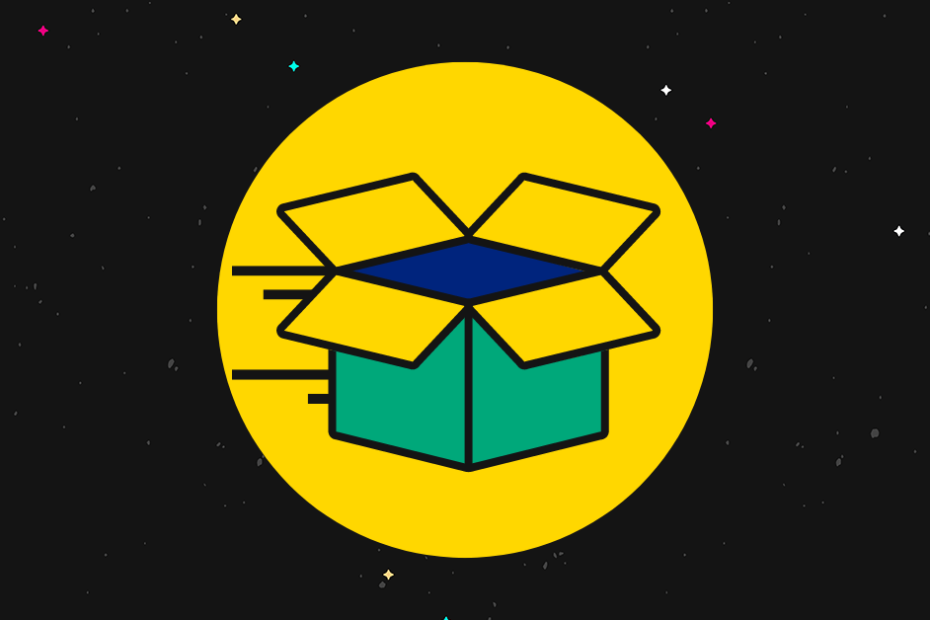Market Overview and Opportunities
The global dropshipping market shows remarkable growth potential, with projections reaching [$476.1 billion] by 2026. This represents a compound annual growth rate (CAGR) of 28.8%, significantly outpacing traditional retail models.
Market Size by Region (2024 Projections):
- North America: [$198.5 billion]
- Europe: [$142.3 billion]
- Asia Pacific: [$89.7 billion]
- Rest of World: [$45.6 billion]
Product Selection Strategy
High-Profit Product Categories
1. Tech-Enhanced Lifestyle Products
- Smart home devices (45% margin)
- Wearable technology (38% margin)
- Connected fitness equipment (52% margin)
Market Data:
Product Category | Annual Growth | Average Order Value
Smart Home | 32% | $175
Wearables | 28% | $225
Fitness Tech | 41% | $4502. Sustainable Living Products
- Eco-friendly household items
- Reusable alternatives
- Energy-saving devices
Market Statistics:
Product Type | Market Size | Growth Rate
Reusables | $8.5B | 29%
Eco-cleaning | $4.2B | 24%
Green Tech | $12.7B | 35%3. Health and Wellness
- Mental wellness tools
- Home fitness equipment
- Sleep optimization products
Sales Data:
Category | Monthly Search Volume | Conversion Rate
Mental Health | 450,000 | 3.2%
Fitness Gear | 820,000 | 2.8%
Sleep Products | 380,000 | 4.1%Advanced Product Research Methodology
1. Trend Analysis Framework
- Google Trends evaluation
- Social media sentiment analysis
- Marketplace demand tracking
2. Competition Assessment
Factor | Weight | Evaluation Criteria
Market Share | 30% | Current market distribution
Growth Rate | 25% | Year-over-year increase
Entry Barriers | 20% | Initial investment required
Profit Margins | 25% | Average category marginsSupplier Evaluation Matrix
Quality Metrics:
- Production capacity
- Quality control processes
- Communication efficiency
- Shipping reliability
Criteria | Minimum Score | Target Score
Response Time | 24 hours | 12 hours
Defect Rate | < 3% | < 1%
Shipping Time | 15 days | 7-10 days
Stock Level | 85% | 95%Marketing Strategies for Dropshipping
1. Social Media Marketing
- Platform-specific approaches
- Content calendar optimization
- Engagement metrics tracking
2. Search Engine Optimization
Focus Area | Priority | Impact
Product Pages | High | 45%
Blog Content | Medium | 25%
Category Pages | High | 30%3. Email Marketing Automation
- Welcome sequences
- Abandoned cart recovery
- Post-purchase follow-up
Financial Planning and Metrics
1. Startup Costs Breakdown
Expense Category | Initial Cost | Monthly Cost
Platform Fees | $299 | $29-79
Marketing Budget | $2,000 | $1,000-3,000
Tools/Software | $500 | $100-300
Product Testing | $1,000 | $200-5002. Profit Margin Analysis
Price Range | Target Margin | Marketing Cost
$0-50 | 45% | 15%
$51-200 | 35% | 20%
$201-500 | 30% | 25%
$500+ | 25% | 30%Advanced Optimization Techniques
1. Conversion Rate Optimization
- A/B testing framework
- User experience improvements
- Mobile optimization
2. Customer Retention Strategies
Strategy Type | Implementation Cost | Expected ROI
Loyalty Program | $500-1,000 | 200%
Email Marketing | $200-400 | 350%
Referral System | $300-600 | 250%Risk Management and Mitigation
1. Supply Chain Risks
- Multiple supplier relationships
- Inventory buffer calculations
- Quality control processes
2. Market Risks
Risk Type | Probability | Impact
Market Changes | Medium | High
Supplier Issues | Low | High
Shipping Delays | High | MediumImplementation Timeline
Month 1: Foundation
- Week 1: Market research and niche selection
- Week 2: Supplier identification and verification
- Week 3: Platform setup and product listing
- Week 4: Marketing strategy development
Month 2: Launch
- Week 1: Initial marketing campaigns
- Week 2: Customer service setup
- Week 3: Performance monitoring
- Week 4: Optimization and adjustments
Month 3: Growth
- Week 1: Scale successful products
- Week 2: Expand marketing channels
- Week 3: Implement automation
- Week 4: Review and optimize
Future Trends and Opportunities
1. Emerging Technologies
- AI-powered inventory management
- Blockchain supply chain tracking
- Automated customer service
2. Market Evolution
Trend Category | Growth Rate | Adoption Timeline
AI Integration | 45% | 6-12 months
Sustainability | 38% | 3-6 months
Personalization | 42% | 9-12 monthsSuccess Metrics and KPIs
1. Performance Indicators
Metric | Target Range | Industry Average
Conversion Rate | 2-4% | 1.5%
Cart Value | $120-180 | $85
Return Rate | < 5% | 8%2. Growth Targets
Timeline | Revenue Goal | Profit Margin
3 Months | $10,000 | 15-20%
6 Months | $30,000 | 20-25%
12 Months | $100,000 | 25-30%Practical Tips for Success
- Product Testing Protocol
- Sample ordering process
- Quality assessment checklist
- Customer feedback integration
- Customer Service Excellence
- Response time standards
- Issue resolution framework
- Satisfaction monitoring
- Marketing Efficiency
- Channel performance tracking
- Budget allocation optimization
- ROI measurement
Conclusion
Success in dropshipping requires a combination of strategic product selection, efficient operations, and excellent customer service. By following this comprehensive guide and staying updated with market trends, entrepreneurs can build sustainable and profitable dropshipping businesses in 2024 and beyond.
Remember to regularly review and adjust strategies based on performance data and market changes. Focus on building long-term customer relationships while maintaining operational efficiency for sustainable growth.
